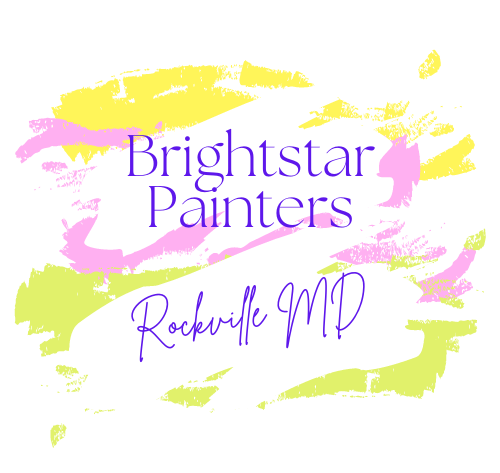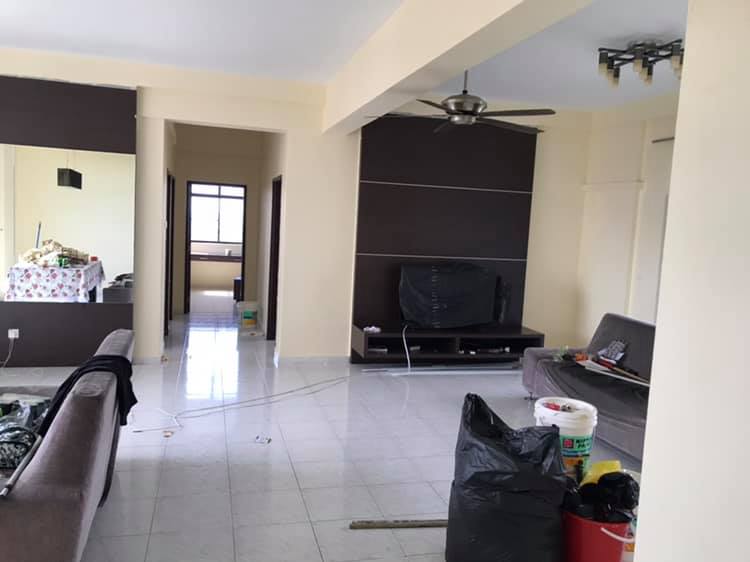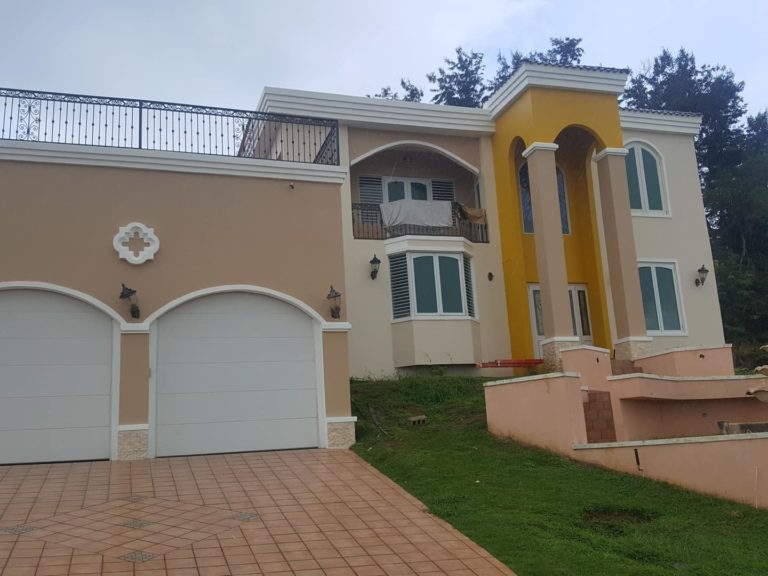Painting Palette
This article has been taken from “Painting Portraits” by “Anthony Cannolly”. Painting palette is made of a thin wood board designed to be held in the artist’s hand and rest on the artist’s arm. “Painters in Rockville MD” briefs about this procedure in details.
To know what is essential, I have to prioritize. Drawing has always been on the middle of the way I try to make pictures. Paintings, for me, always begin with drawing and really a likeness depends on it. I was introduced to drawing with paint, and particularly, burnt siena oil paint thinned with turpentine, by a teacher on my foundation course. It delighted me then and, if anything, delights me even more now. Drawings made in this way are already colorful. They provide a core. Drawing is a priority and so whatever materials I use I have to be able to draw with them. That is, the materials have to be able to hold the nuance and precision that a portrait requires.
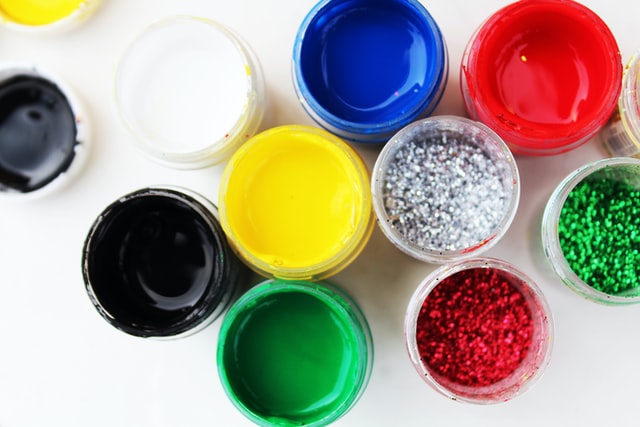
I then looked at the work of the painters I most admire. I began by going back to Velazquez, courtesy of the painter Avig-dor Arikha. As well as being a painter, Arikha was a distinguished art historian. The palette I chose to build out of my drawing is an approximation of Velazquez palette as described by Arikha. I chose it because it is clearly sufficient, at least for Velazquez. Standing before his painting of pope innocent X, the whispers of the two lives traced upon the canvas- the painter’s and the sitter’s –will resound in one’s heart. Velazquez uses probably not more than seven or eight colors, including black and white.
I then went to Rembrandt. I don’t know how he made his paintings but just by looking at them one can see the rivulets of thin paint running into the under-painting and then there will be a gash of opaque color smeared across the top. On top of this again traces of thin liquid paint settle into the furrows made by the brush.
I added a further requirement that the few colors I intended to use should be classed as transparent or at least that they should glaze well. I quite often glaze over areas of paint and I want to preserve the under painting, and, sometimes more importantly, the drawing. My priorities then are:
- Drawing
- as few colors as possible
- Paint, which can be both opaque and transparent?
Because my choice of colors contains a preponderance of earth colors, I fancy that there is something ordinary and deep there on my palette. They are permanent and rich. Earth pigments are some of the oldest pigments known to man and were used in prehistoric cave paintings.
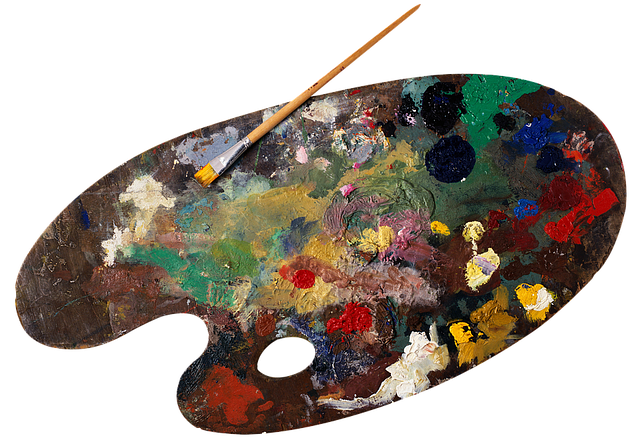
- Burnt Sienna– I find this the richest color in my palette; there seem to be so many other colors within it. I do find that different manufacturers make quite different burnt sienna, and so it is worth comparing to find something that suits your needs. Burnt sienna is made by burning raw sienna, which is a clay rich in ferric oxide deposits. I use a brand that is actually produced synthetically. It is classed as a transparent color.
- Yellow Ochre- Yellow ochre is made from natural iron oxide and is classified as semi-transparent.
- Raw Umber- Raw Umber is made from natural iron oxide and is classified as semi- transparent.
- Cadmium Red- Cadmium Red is made from cadmium sulphoselenide and is classified as opaque. It nevertheless glazes well.
- French Ultramarine Blue- This is very similar to the blue made from Lapis Lazuli. It is classified as transparent.
- Flake White- This opaque white is made from lead carbonate and zinc oxide. I use this whenever I need a white, on its own or to mix with other colors.
- Titanium White- This white is made from titanium dioxide and zinc oxide. It is classified as opaque. It is a very bright white that I use occasionally, especially for highlights.
- Ivory Black- Also known as bone black, this is made from charred bones. It is classified as semi-opaque.
Continue reading on Understanding paint color
